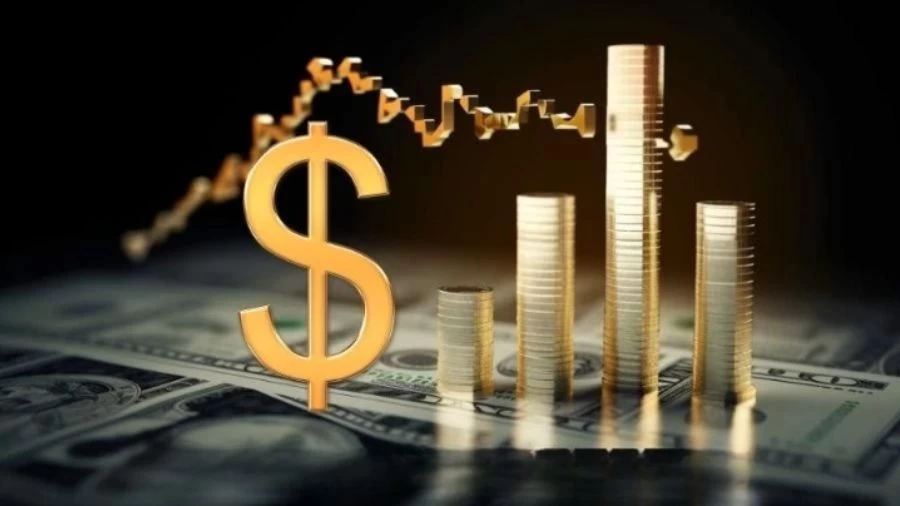
What is a Capital Expenditure? Is Capital Expenditure an Asset or an Expense?
A Capital Expenditure (CapEx) is the financial investment made by a company to acquire, enhance, or maintain long-term assets such as buildings, equipment, or technology, with the aim of generating lasting benefits for the business.
Updated Nov 30, 2023
On This Page
What is a Capital Expenditure?
Capital expenditures (CapEx) constitute essential financial commitments made by companies to acquire, upgrade, or maintain physical assets integral to their operations, such as property, buildings, or technology. These funds are strategically allocated to foster growth, undertake new projects, or enhance the overall efficiency of a company.
Examples of CapEx range from purchasing land and buildings to acquiring heavy machinery or technology that contributes to the expansion and development of the business. Importantly, CapEx is recorded on the balance sheet rather than expensed on the income statement, reflecting its long-term impact on the company's economic value.
Distinguishing CapEx from operating expenses (OpEx), which cover day-to-day operational costs, is crucial. While CapEx is geared towards enduring investments with a lasting impact, OpEx is associated with shorter-term expenses necessary for routine business operations.
Effectively managing and strategically deploying CapEx is paramount for companies to not only maintain existing assets but also to invest in innovations and technological advancements that propel sustained growth, thereby adding substantial economic value to the company's overall operations and future prospects.
Is Capital Expenditure an Asset or an Expense?
Capital Expenditure (CapEx) is unequivocally regarded as an investment in long-term assets rather than an expense. When companies allocate funds for CapEx, they are making strategic investments in assets like office buildings or production machinery, designed to yield enduring value over an extended period.
This sets CapEx apart from regular expenses, which are reflective of day-to-day operational costs and are expensed on the income statement. Treating CapEx as an asset underscores its long-term impact, with the expectation that these investments will contribute economic benefits over many years, aligning with the company's commitment to sustained growth and the enhancement of overall value as reflected in the balance sheet.
How to Calculate Capital Expenditure?
The Capital Expenditure (CapEx) formula is a pivotal tool in assessing a company's investment in long-term assets. To calculate CapEx, one can utilize the formula:
- CapEx = Ending PP&E – Beginning PP&E + Depreciation
Where Ending PP&E denotes the current period's Property, Plant, and Equipment (PP&E) balance, and Beginning PP&E signifies the prior period's PP&E balance. This formula effectively captures the change in PP&E over a given period, crucial for understanding a company's investment in tangible assets.
By subtracting the prior period's PP&E from the current period's and adding back the depreciation, the formula quantifies the net capital expenditure during that timeframe, revealing the company's commitment to enhancing or maintaining its long-term asset base.
It provides a clear financial picture by accounting for both the acquisition of new assets and the impact of depreciation on existing ones. The CapEx formula, therefore, serves as a valuable metric for investors and analysts to gauge the strategic financial decisions driving a company's sustainable growth and asset management.
At MarketsHost, you'll find a treasure trove of resources dedicated to the complexities and nuances of Finance, empowering you to navigate this domain successfully.
What Are the Types of CapEx?
Various categories of assets contribute long-term value to a company, leading to the identification of multiple purchase types that fall under the umbrella of Capital Expenditure (CapEx). Understanding these diverse types of Capital Expenditure is essential for businesses and investors, providing insights into strategic financial resource allocation for sustainable growth and effective asset management.
Buildings
- CapEx includes investments in structures used for various purposes, such as office space, manufacturing, or inventory storage.
Land
- Capital Expenditure may involve the purchase of land, which can be held for speculative reasons or as a strategic investment for future development.
Equipment and Machinery
- Investments in tools, machinery, and equipment essential for the production process fall under CapEx, contributing enduring value.
Computers, Servers, and Software:
- Technological assets crucial for operational aspects, including logistics, reporting, and communication, are considered CapEx in specific circumstances.
Furniture
- Furnishing an office building with furniture is a type of CapEx, making the space usable for both staff and customers.
Vehicles
- Capital Expenditure encompasses the acquisition of vehicles used for transporting goods, picking up clients, or business-related purposes.
Patents
- Investments in patents, representing the right to own an idea, are considered CapEx, holding long-term value through potential product development.
Is CapEx Tax Deductible?
Capital Expenditures (CapEx) are not fully deductible in a single tax year, unlike Operating Expenses (OpEx). Instead, the deduction is spread over the useful life of the acquired asset, as per IRS guidelines ranging from five to at least 39 years.
Due to the significant cash outflows associated with CapEx, careful planning is essential to manage cash flow and avoid undue financial risk to the business. Understanding the tax implications and adopting a long-term perspective in financial decisions are crucial for optimizing tax positions and ensuring overall financial health.
Also Read >> States With No Capital Gains Tax
What Are the Pros and Cons of Capital Expenditure?
While CapEx offers the potential for growth and competitiveness, careful consideration of both its advantages and disadvantages is essential before committing significant financial resources to long-term asset projects.
Pros of Capital Expenditure (CapEx)
- CapEx allows businesses to invest in new technologies or upgraded equipment, contributing to increased productivity and efficiency.
- Companies making strategic CapEx investments gain a competitive advantage over rivals, positioning themselves as industry leaders.
Cons of Capital Expenditure (CapEx)
- Significant upfront costs associated with CapEx can strain a company's cash flow, posing a financial challenge.
- If the expected returns on CapEx investments do not materialize due to external factors, it can result in financial losses.
- CapEx requires meticulous planning and management, involving large sums of money over extended periods, which can be challenging.
- Unexpected issues such as delays or unforeseen expenses during the CapEx process can negatively impact the overall success of the investment.
What is a Capital Expenditure - FAQs
1. What is a Capital Expenditure (CapEx)?
CapEx refers to funds invested by a company in acquiring or improving long-term assets with lasting benefits.
2. How is Capital Expenditure different from Operating Expenses (OpEx)?
CapEx involves strategic investments in assets with enduring value, while OpEx covers day-to-day operational costs.
3. What types of assets are typically considered Capital Expenditure?
Assets such as buildings, land, equipment, and technology that contribute long-term value to a company.
4. Are Capital Expenditures tax-deductible in a single year?
No, CapEx is usually depreciated over the useful life of the asset, as per IRS guidelines.
5. What are the potential drawbacks of Capital Expenditure for businesses?
Challenges include significant upfront costs, the risk of unexpected issues, and the need for careful planning and management.




